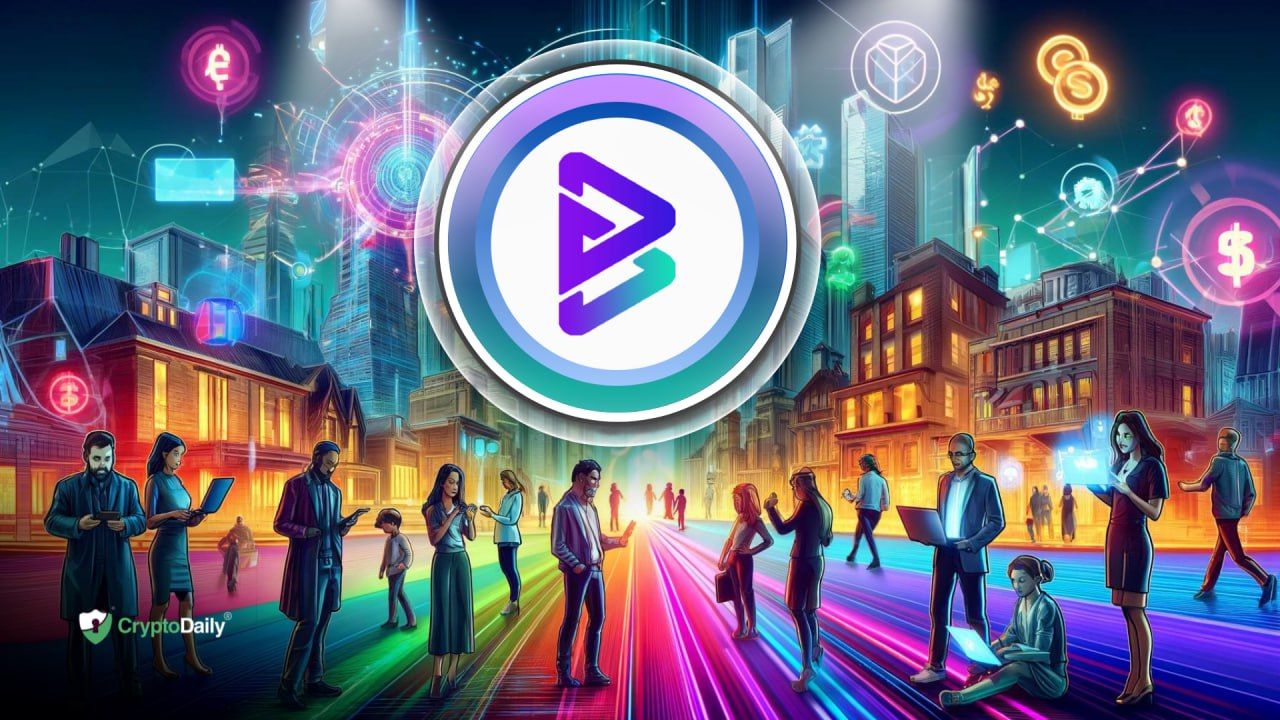During the initial coin offering (ICO) bubble of 2017, one of the key criticisms of this new way of raising money for companies and decentralized projects was that many of these tokens were likely securities. Indeed, a number of different ICO projects have been fined by the US Securities and Exchange Commission (SEC) in response to these unregistered fundraising efforts.
In response to this criticism, many projects made the argument that they were launching “utility tokens” rather than securities. These projects tried to make it absolutely clear that their new tokens did not represent equity in a new venture.
The terms of the EOS ICO infamously stated, “The EOS Tokens do not have any rights, uses, purpose, attributes, functionalities or features, express or implied, including, without limitation, any uses, purpose, attributes, functionalities or features on the EOS Platform. Company does not guarantee and is not representing in any way to Buyer that the EOS Tokens have any rights, uses, purpose, attributes, functionalities or features.”
The main idea with basically every utility token was to remove things like voting rights and dividend payments in an effort to avoid the appearance of being a security, which would come additional regulatory costs and complications. Of course, by removing these features, the creators of the ICOs were also ridding the tokens of any sort of viable value proposition.
In other words, the search for not being defined as a security led these projects to creating tokens that don’t actually have any utility or purpose at all.
It should be noted that the concepts behind utility tokens are not new. The oldest appcoins in existence, such as Mastercoin (now Omni), were also built upon the idea that tacking a token onto a new app would somehow mean that the token would track the growth of the new app and perhaps be a worthwhile investment.
Of course, as The Block’s Arjun Balaji recently covered in his Binance Coin review, there is rarely ever any direct connection between the growth of the app and the token in question. The part where the token should grow in value as the app gains more users is almost always glossed over and not sufficiently explained.
It’s possible that a token model that makes sense and allows a coin to increase in price as an app becomes more popular could appear in the future, but practically zero of the currently traded ICO tokens have solved this key issue. Of course, that hasn’t stopped various appcoins from experiencing price pumps over the years.
Investment Disclaimer








